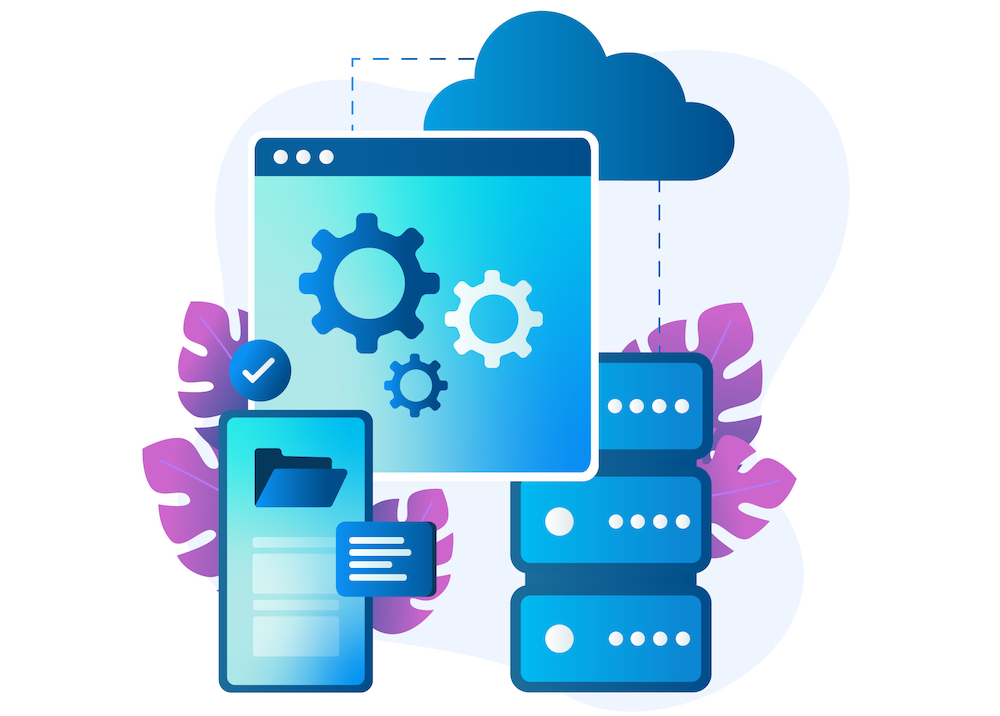Drive Your SaaS Business by Metrics
There is no business like a SaaS business. With the rise of SaaS business came new metrics and new rules to assess, monitor, and steer SaaS business...
3 min read
Heli Laaksonen
:
Apr 30, 2025 4:10:10 PM
When companies face the challenge of managing their revenue operations more efficiently, some default to building their own system, often because they’re unsure what alternative solutions truly offer. Others may not know that there is ready-made software that can accommodate their unique needs.
While building an in-house solution might seem like a tempting way to stay in control and get exactly what you need, it often leads to unexpected complexities and costs. In this article, we'll explore the hidden challenges of building your own revenue management system and explain why a ready-made software might be the smarter and more sustainable choice for your business.
For many companies, the decision to build and maintain a revenue management system in-house isn’t a strategic one. It may have simply been the only option the team could think of. In some cases, teams aren’t sure whether there’s software out there that can truly support their specific needs. They see gaps in their current tools, and the only visible path forward is to build something themselves.
Some companies believe their processes are too unique to be handled by anything off the shelf. They assume no third-party software could accommodate the specific needs of their business model, product catalog, or pricing structure.
For some, there may also be a certain appeal in owning the code. For tech-savvy teams, building feels like a way to stay in control, free from vendor lock-in or compromise. Or there just happens to be resources available at the time. But the challenge of building isn’t just about engineering. It's about compliance, user experience, change management, and long-term scalability. These complexities often don’t get the attention they deserve, at least until they start causing real friction.
In certain cases, building a custom solution might make sense. But more often than not, companies would benefit from leveraging an off-the-shelf software. One that’s designed to adapt to different business models and versatile pricing rules without the overhead of building and maintaining everything in-house. Internal development efforts, while well-intentioned, can quickly become complex and difficult to sustain.
One of the most common mistakes is underestimating the total scope of building and maintaining a revenue management system. It’s not just about standing up a working tool. It’s about evolving that tool as your business grows and your needs evolve. What starts as a manageable internal project can quickly turn into a fragmented, manual patchwork that drains time and resources.
Many teams also fail to account for how heavily such systems can depend on specific individuals. It’s not uncommon to hear stories about a system built by a single developer. Someone who eventually leaves the company, taking critical system knowledge with them. Suddenly, you're left with a black box no one dares to open.
And while the initial build might feel affordable, the long-term cost picture tells a different story. From lost productivity to increasing technical debt, the real expense of DIY often shows up later, when it’s much harder, and more urgent, to fix. Instead of investing time and resources into building supporting systems, companies might be better off focusing on their core business, the very thing that drives their growth.
Companies typically begin to see cracks in their homebuilt systems when complexity increases. This might happen during a period of rapid growth, when new business models emerge, or as operations expand internationally. What once seemed “good enough” quickly becomes a blocker.
Warning signs include:
In some cases, the tipping point comes suddenly, such as when the original developer exits the company. In others, it's a slow erosion of efficiency and effectiveness that becomes undeniable over time.
And even when building seemed like the right decision at the time, it rarely ends there. As needs evolve and limitations mount, many companies eventually buy a platform anyway. In the end, they’ve paid for both.
A modern, end-to-end revenue management platform doesn’t just replace your existing process. It improves it. These platforms are built with best practices baked in, continuously updated to reflect changes in regulations and industry standards. They offer automation, reducing human error and freeing up internal teams to focus on high-value work.
Importantly, they’re built to grow with you. A good platform helps you scale and adapt, not hold you back. And unlike a custom-built solution, a ready-made platform is supported by a full team, not just a single developer — giving you peace of mind that the system will continue to function and improve over time.
Whether you're currently managing an in-house system or still weighing the decision to build one, the first step is to take a thorough look at your needs. What’s working well? What challenges are you facing, both today and in the future? Identifying the gaps in your current setup, and anticipating what’s ahead, will provide valuable insights into the best path forward. Without a solid understanding of your business requirements, even the best system can fall short.
Making the right choice now can save you from hidden costs down the line and ensure your systems evolve with your business—improving efficiency and enabling you to scale more effectively.
Do challenges in your revenue management setup slow down your business? We’ve created a quick assessment to help you identify bottlenecks in your current setup.

There is no business like a SaaS business. With the rise of SaaS business came new metrics and new rules to assess, monitor, and steer SaaS business...

The subscription economy has changed our business life forever. It has never been easier to onboard customers, but that comes at the price of having...
Revenue recognition is a critical aspect of financial reporting for B2B SaaS companies. Missteps in recognizing revenue correctly can lead to...